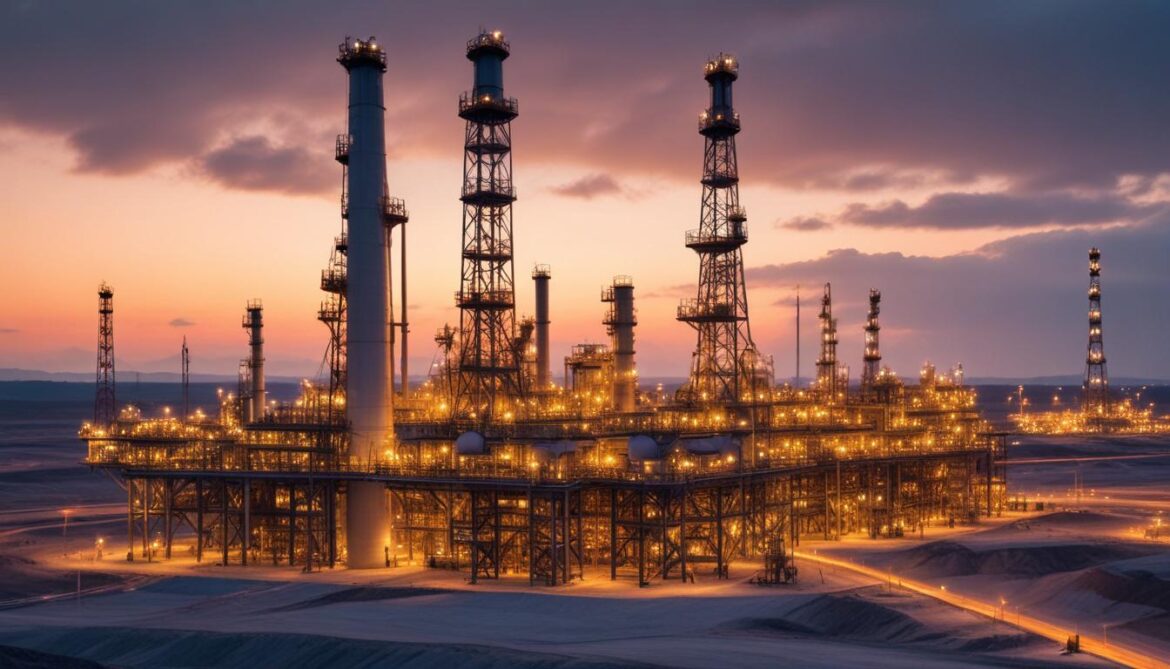The oil and gas industry is undergoing a digital transformation, with Internet of Things (IoT) technology leading the charge. By connecting physical assets to the digital world through sensors and smart devices, companies are revolutionizing their operations, improving safety, and maximizing efficiency. Let’s explore four key use cases where IoT is making a significant impact in the oil and gas sector.
Real-Time Equipment Monitoring and Predictive Maintenance
One of the most valuable applications of IoT in oil and gas is the ability to monitor equipment health in real-time. Smart sensors attached to drilling equipment, pipelines, and processing units continuously collect data on various parameters including temperature, pressure, vibration, and flow rates.
This constant stream of data enables operators to:
- Detect potential equipment failures before they occur
- Schedule maintenance based on actual equipment condition rather than fixed intervals
- Reduce unexpected downtime and associated costs
- Extend equipment lifetime through optimized maintenance schedules
For example, a sensor monitoring unusual vibrations in a pump can alert maintenance teams before catastrophic failure occurs, potentially saving millions in replacement costs and lost production time.
Enhanced Worker Safety and Emergency Response
Safety is paramount in the oil and gas industry, and IoT technology is providing new ways to protect workers and respond to emergencies. Connected devices and wearables are transforming how companies monitor and manage workplace safety.
Key safety applications include:
- Personal protective equipment (PPE) with embedded sensors to monitor vital signs and environmental conditions
- Gas detection systems that provide instant alerts about dangerous leaks
- Connected helmets that track worker location and movement
- Emergency response systems that automatically trigger protocols based on sensor data
These IoT solutions enable faster response times during emergencies and help prevent accidents before they happen by identifying potential hazards in real-time.
Pipeline Monitoring and Leak Detection
Pipeline infrastructure spans vast distances, making traditional monitoring methods time-consuming and potentially ineffective. IoT technology offers a solution through distributed sensor networks that monitor pipeline conditions 24/7.
Benefits of IoT pipeline monitoring include:
- Immediate detection of leaks or structural weaknesses
- Reduced environmental impact through early intervention
- Lower inspection costs compared to manual methods
- Real-time flow rate optimization
- Theft detection and prevention
Modern IoT systems can detect even minor leaks that might go unnoticed with conventional methods, potentially preventing environmental disasters and saving millions in cleanup costs.
Production Optimization and Remote Operations
IoT technology is enabling oil and gas companies to optimize their production processes and operate facilities remotely. Smart wells and connected production equipment provide real-time data that helps operators make better decisions and maximize output.
Key advantages include:
- Remote monitoring and control of production equipment
- Optimal well performance through data-driven decisions
- Reduced operating costs through automation
- Improved resource allocation
- Better production forecasting
Smart fields equipped with IoT sensors can automatically adjust production parameters based on real-time data, ensuring optimal performance while reducing the need for human intervention.
The Future Impact of IoT in Oil and Gas
As IoT technology continues to evolve, its impact on the oil and gas industry will only grow. The combination of 5G networks, edge computing, and artificial intelligence will enable even more sophisticated applications. Companies that embrace these technologies now will be better positioned to:
- Reduce operational costs
- Improve safety standards
- Minimize environmental impact
- Increase production efficiency
- Stay competitive in a rapidly evolving industry
The initial investment in IoT infrastructure may be substantial, but the long-term benefits in terms of efficiency, safety, and cost savings make it a crucial strategic investment for oil and gas companies looking to thrive in the digital age.
By embracing IoT technology, the oil and gas industry is not just improving its operations today but building the foundation for a more efficient, safer, and more sustainable future. As these technologies continue to mature, we can expect to see even more innovative applications that will further transform the industry.
